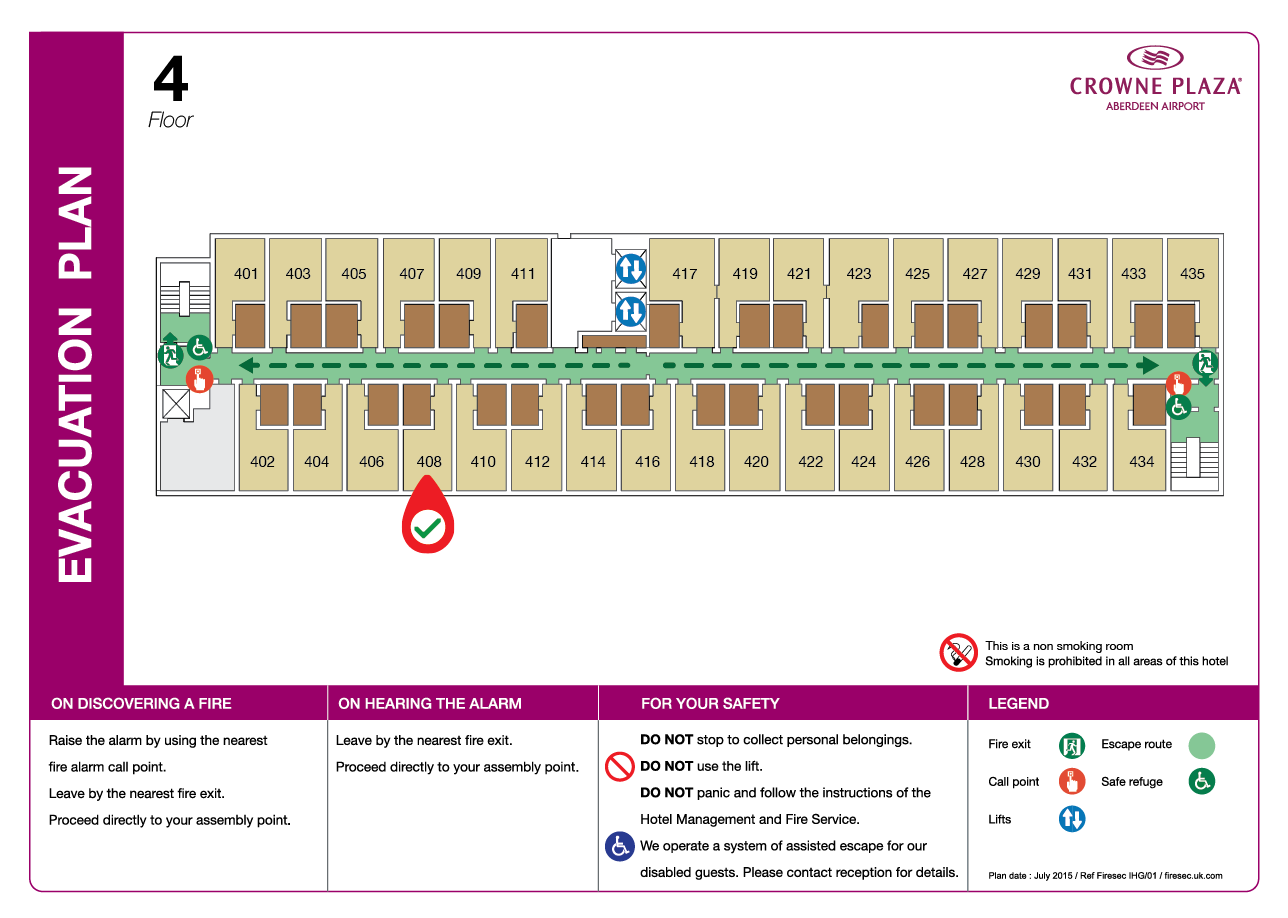
- Uninstall gpg suite map how to#
- Uninstall gpg suite map mac os#
- Uninstall gpg suite map install#
- Uninstall gpg suite map update#
How do I uninstall a Cygwin service? 2.20. How do I uninstall individual packages? 2.19. My HOME environment variable is not what I want. My Windows logon name has a space in it, will this cause problems? 2.17. What if the Cygwin Setup program fails? 2.16. How do I know which version I upgraded from? 2.15. How much disk space does Cygwin require? 2.14. What packages should I download? Where are 'make', 'gcc', 'vi', etc? 2.12. My computer hangs when I run Cygwin Setup! 2.11. Is the Cygwin Setup program, or one of the packages, infected with a virus? 2.10. What else can I do to ensure that my installation and updates are secure? 2.9.
Uninstall gpg suite map update#
How does Cygwin secure the installation and update process? 2.8. Can I use the Cygwin Setup program to get old versions of packages (like gcc-2.95)? 2.7.
Uninstall gpg suite map install#
Can I install Cygwin without administrator rights? 2.5. Does the Cygwin Setup program accept command-line arguments? 2.4. What about an automated Cygwin installation? 2.3. What is the recommended installation procedure? 2.2. What version of Cygwin is this, anyway? 1.6. What versions of Windows are supported? 1.3.
Uninstall gpg suite map how to#
Things you should know about Mac app removal: How to uninstall GPG Suite on Mac computer? If you encounter problem when trying to delete GPG Suite as well as its associated components, read through this removal tutorial and learn about how to perfectly remove any unwanted applications on your Mac.1.

Uninstalling applications in macOS/Mac OS X is quite different from that in Windows operating system. In normal cases Mac users just need to simply drag and drop the target app to the Trash and then empty the Trash to perform the standard uninstallation. Generally speaking, most Mac applications are separate bundles that contain the executable and any associated resources for the app, and therefore users can easily remove any unwanted software (if they are installed properly) from their Macs. However, a fact is often neglected that, even the stand-alone software may might still leave its configuration and preferences files on multiple system directories after you carry out a basic uninstall. These vestiges can be very small in size, thus leaving them alone may not affect your Mac performance, yet they can also be a large chunks of useless files that occupy a large portion of your hard drive space. In the latter case it is quite necessary to clean out those junk files from your Mac for complete removal.įor some novice users, they may have no idea how to remove GPG Suite in a proper way.

In this post we will discuss the following questions: (1) What is the correct way to uninstall GPG Suite? (2) How to ensure all its accompanying components are removed safely? And (3) is there a shortcut for both Mac novices and experts to take to accomplish GPG Suite removal effortlessly? Conventional Steps to Uninstall GPG Suite for MacĮven for the experienced users, they may also get lost when trying to uninstall a problematic, stubborn or even malicious application. Prior to the removal of GPG Suite, you should first log into your Mac with an administrator account, and turn GPG Suite off if it is running. To deactivate an app, right click its icon in the dock and select Quit option (or choose GPG Suite > Quit GPG Suite on the Menu bar).Īlso, you can access the Activity Monitor (located in /Applications/Utilities/ folder), and see if there is any background process pertaining to the app. Option 1: Drag GPG Suite icon to the Trash If GPG Suite cannot be quit normally, you can select the app in Activity Monitor, click the large red “Quit Process” button in the left corner and click Force Quit button in the pop-up dialog.

Drag GPG Suite to the Trash (or right click on it and then select Move to Trash option).Right click the Trash icon and select Empty Trash option to start the uninstall.
Uninstall gpg suite map mac os#
This drag-to-delete method works in all versions of Mac OS X.


 0 kommentar(er)
0 kommentar(er)
